Elands are large antelope species native to southern and portions of central and western Africa. There are two different species, the common eland, and the giant or Lord Derby eland.
Collectively, elands are the largest antelope species in the world, with the giant eland as the reigning champ. Humans utilize the common eland in a number of ways, and it has even been semi-domesticated in some areas. Read on to learn about the eland.
Description of the Eland
Both species grow quite large, and have a number of similarities and differences. Both species stand up to 6 feet tall at the shoulder, but the giant eland grows slightly longer than the common. Both also weigh in at a maximum of 2,200 lbs. in males of the species!
Common elands are uniform tan in color, while giant elands are darker brown with thin white stripes. Finally, both species also have long, spiraled horns.
Interesting Facts About the Eland
These large mammals are the largest antelope species alive. They have a number of distinguishing characteristics and interesting traits that make them unique.
- Sexual Dimorphism – When it is easy to distinguish males and females of a species from one another, they are sexually dimorphic. This is true in elands, as males are significantly larger than females. Males can even grow to be as much as 1,500 lbs. heavier than females!
- Shared Headgear – The sexually dimorphic differences also include their long horns. Females and males both have horns. However, the horns of male elands can be twice as long as the horns of females. The male’s horns can grow up to 4 ft. long, and the female’s up to 2 ft. long.
- Slow Moving – Being giant and heavy doesn’t come without a cost. Though these antelopes are the largest in the world, they are also the slowest. Their top speed is just 25 mph, and their top sustained speed is 14 mph.
- Hop to It – Despite their lack of speed, they are actually capable of jumping quite high. When startled, adults can leap over 8 ft., and younger animals are capable of even greater heights. They can easily clear fences 6 ft. tall and higher.
Habitat of the Eland
The two different species of elands have different habitat preferences. First, the common eland lives primarily in open plains, grasslands, and foothills. Their primary preference is areas with shrub-like vegetation.
Second, the giant eland inhabits woodlands, broad-leafed savanna, desert fringes, deserts, and glades. Their primary preference is areas with rocky landscape and easily accessed water sources.
Distribution of the Eland
The common species has a much larger distribution than its giant counterpart. They range throughout southern Africa, and are present in a large number of preserves. The northernmost reaches of their range extend to South Sudan, and they extend all the way to South Africa. Contrastingly, the giant species has an extremely limited range.
There are two subspecies that live in two separate populations. The western subspecies lives only in a small portion of Senegal, and the eastern subspecies lives in fragmented sections of Cameroon and the Central African Republic.
Diet of the Eland
Both eland species are herbivores. They are not particularly picky eaters, and will both graze on grass and browse on leaves and branches. Choice of food usually depends on the season.
Grazing grasses are more plentiful in the rainy season, while browsing on shrubs is more efficient in the dry season. In addition to leaves, grasses, shrubs, and other plant matter, they will feed on fruits and seeds. While feeding, they commonly use their long horns to break down hard-to-reach branches.
Eland and Human Interaction
Both species of elands are decreasing in population numbers, but the giant eland is at a greater risk of extinction. Habitat loss and urbanization pose an impending danger to both species, as human populations increase and expand.
Poaching poses a direct problem to their survival, as it commonly removes breeding-age adults from the population. Humans utilize eland meat and milk as food, and their skin as leather.
Domestication
Because this antelope is well adapted to African climates, and is relatively docile, they are good candidates for domestication. Eland domestication is occurring in Zimbabwe, Kenya, South Africa, Russia, and the Ukraine. We consider them at least semi-domesticated, as humans have selectively bred them for specific uses.
Does the Eland Make a Good Pet
Despite their domestication, these antelopes generally do not make good pets. While they are docile, they are extremely large. Only a professional should handle an animal that size, as they can easily cause you harm.
Eland Care
In a farm or zoological setting, there are a few primary concerns when dealing with elands. First, you most properly enclose them. These athletic animals are capable of leaping quite high, so you should use stout fencing that is taller than 10 ft. at the least.
Next, enclosures should be large enough to provide plenty of grazing space, as well as room to run when startled. If they hit a fence when spooked, they can go straight through it and injure themselves. Finally, you should provide them with salt licks and supplementary foods.
Behavior of the Eland
While social, elands form different groups based on age and sex. Juveniles will form groups with mothers and their calves. After about two years the calves will leave the “nursery” group, and join an adult group based on their gender. After the mothers wean the calves, they join large females-only groups with complex social structures. Adult males form small groups as well.
Reproduction of the Eland
Females produce specific hormones in their urine when they are ready to mate. The males seek out the receptive females, who will choose the strongest male in the group. Males will fight for dominance, and the winner gets to breed.
After a nine-month gestation, the mother will give birth to a single calf. She will nurse the calf for four or five months, and the calf with stay with its mother until it is six months old.

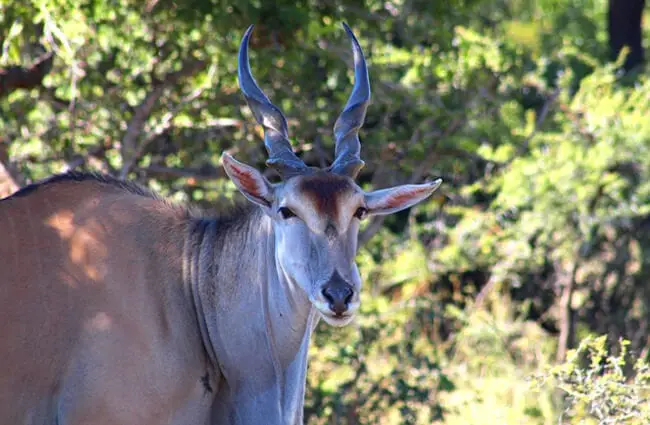


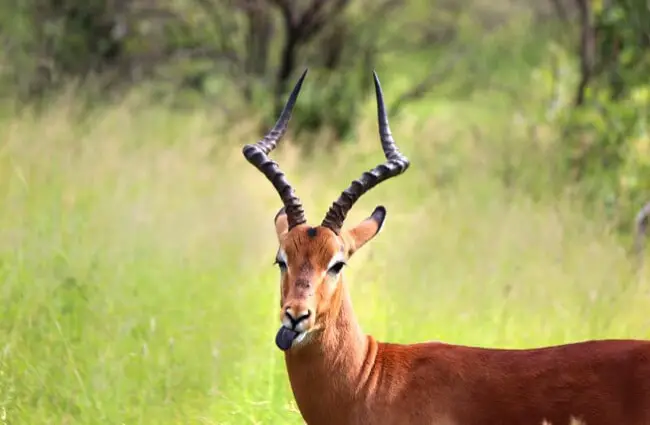
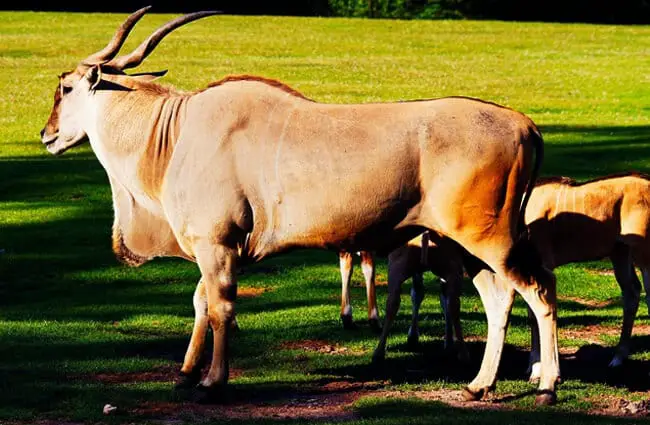
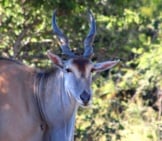
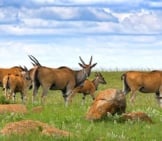

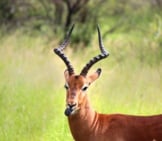

![Red Angus Closeup of a beautiful Red Angus cowPhoto by: U.S. Department of Agriculture [pubic domain]https://creativecommons.org/licenses/by/2.0/](https://animals.net/wp-content/uploads/2020/03/Red-Angus-4-238x178.jpg)












![Red Angus Closeup of a beautiful Red Angus cowPhoto by: U.S. Department of Agriculture [pubic domain]https://creativecommons.org/licenses/by/2.0/](https://animals.net/wp-content/uploads/2020/03/Red-Angus-4-100x75.jpg)

